Home>Garden Essentials>How Often To Water Grass Seed
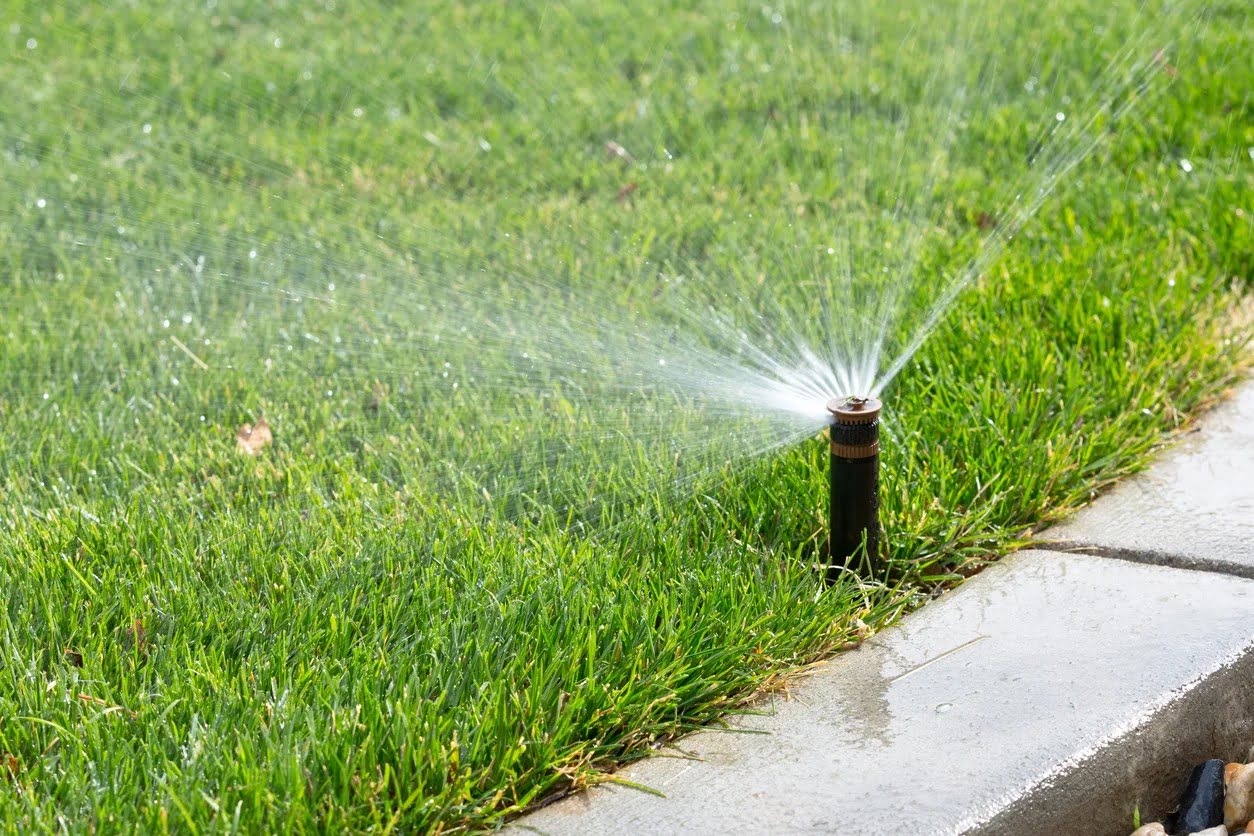

Garden Essentials
How Often To Water Grass Seed
Modified: March 15, 2024
Learn how often to water your garden's grass seed for optimal growth and success. Find out the best watering schedule and tips for maintaining a healthy and lush lawn.
(Many of the links in this article redirect to a specific reviewed product. Your purchase of these products through affiliate links helps to generate commission for Storables.com, at no extra cost. Learn more)
Introduction
Welcome to the world of gardening! Whether you’re a seasoned green thumb or a beginner looking to transform your outdoor space, understanding the needs of your plants is essential for success. When it comes to growing and maintaining a lush, healthy lawn, one crucial factor to consider is proper watering. In particular, knowing how often to water grass seed is essential for fostering its growth and ensuring a vibrant and thriving lawn.
Grass seed is incredibly resilient and adaptable, but it requires the right amount of water to germinate and establish strong roots. Too much or too little water can have detrimental effects on its growth, leading to issues such as poor germination, weak roots, and even disease susceptibility.
In this article, we’ll delve into the considerations and techniques for watering grass seed effectively. By understanding the factors that influence watering needs and implementing best practices, you’ll be well on your way to a beautiful and healthy lawn that will be the envy of the neighborhood!
Key Takeaways:
- Proper watering is crucial for healthy grass seed growth. Factors like grass type, climate, and soil affect watering needs. Consistency and balance are key to vibrant, resilient lawns.
- Signs of overwatering and underwatering help adjust watering practices. Tips like morning watering, deep watering, and monitoring soil moisture promote successful lawn establishment.
Read more: How Often To Grass Be Watered
Understanding Grass Seed Watering Needs
Before diving into how often to water grass seed, it’s crucial to understand the water requirements of this delicate stage of your lawn’s development. Proper watering plays a vital role in the germination process and the establishment of strong roots.
During the germination stage, grass seed relies on a consistent supply of moisture to sprout. Inadequate watering can lead to poor germination, leaving bare patches in your lawn. On the other hand, excessive watering can lead to shallow root growth, making your grass more vulnerable to drought and disease.
The key is to strike a balance by providing sufficient moisture without overdoing it. This balance helps encourage deep root growth, leading to a more resilient and drought-tolerant lawn.
It’s important to note that the watering needs of grass seed can vary based on various factors, including the type of grass seed, climate, soil conditions, and sunlight exposure. In general, cool-season grasses, such as Kentucky bluegrass and tall fescue, require more frequent watering during the germination phase compared to warm-season grasses like Bermuda grass or Zoysia grass.
The soil conditions and its ability to retain moisture also impact the watering needs of grass seed. Sandy soils tend to drain quickly, requiring more frequent watering, while clay soils retain moisture for longer periods, reducing the need for frequent watering.
Lastly, the amount of sunlight your lawn receives also affects how often you need to water the grass seed. Shady areas typically require less watering as they experience less evaporation, whereas sunny spots may need more frequent watering to prevent the soil from drying out.
By taking these factors into account, you can develop a better understanding of your grass seed’s watering needs and tailor your watering practices accordingly. This knowledge will ensure that your lawn establishes a strong foundation for healthy growth and lush greenery for years to come.
Factors to Consider When Watering Grass Seed
When it comes to watering grass seed, several factors need to be considered to ensure optimal growth and establishment. Understanding these factors will help you create an effective watering schedule and avoid common pitfalls that can hinder the development of your lawn.
1. Timing: Timing is crucial when watering grass seed. It’s best to water in the morning or late afternoon when temperatures are cooler, reducing evaporation and allowing the water to penetrate the soil properly. Avoid watering in the evening as the grass may stay wet overnight, increasing the risk of disease.
2. Watering Depth: Watering deeply and thoroughly is essential to encourage deep root growth. Aim for a depth of around 6-8 inches, ensuring that the water reaches the entire root zone. Shallow watering can result in weaker roots that are more susceptible to drought stress.
3. Watering Frequency: The frequency of watering will depend on various factors such as soil type, grass type, climate, and stage of growth. Newly seeded lawns typically require more frequent watering to keep the soil consistently moist, promoting germination and root development. As the grass starts to establish, gradually reduce the frequency of watering to encourage deeper root growth and drought tolerance.
4. Moisture Level: It’s important to monitor the moisture level of the soil to prevent overwatering or underwatering. To check the moisture, use a screwdriver or a soil probe to test the soil’s depth. If it comes out dry, it’s time to water. However, if it comes out wet or muddy, hold off on watering as overwatering can lead to shallow root growth and other issues.
5. Watering Method: The watering method you employ can also impact the effectiveness of watering grass seed. Using a sprinkler with fine droplets or a soaker hose is ideal for ensuring even coverage and preventing runoff. Avoid using oscillating sprinklers that create high-pressure streams that may wash away the grass seed.
6. Environmental Factors: Lastly, consider the environmental conditions, such as rainfall and temperature, when determining how often to water grass seed. If there has been a significant amount of rainfall, adjust your watering schedule accordingly. Likewise, during hotter periods, you may need to water more frequently to prevent drying out.
By taking these factors into consideration and adapting your watering practices accordingly, you can provide your grass seed with the ideal conditions for proper growth and establishment. Remember to regularly assess the moisture levels and make adjustments as needed, ensuring your lawn reaches its full potential.
How often to Water Newly Seeded Lawns
When it comes to newly seeded lawns, providing consistent moisture is crucial for successful germination and establishment. During this critical phase, you’ll need to water more frequently to keep the soil consistently moist. Let’s explore how often to water newly seeded lawns to ensure optimal growth.
First Week: In the first week after seeding, you’ll want to water your lawn two to three times a day for shorter durations. Aim to keep the soil moist but not saturated. Frequent watering during this period helps to prevent the seed from drying out and promotes germination.
Second Week: During the second week, you can reduce the frequency of watering to once or twice a day. Increase the duration of watering sessions to allow the water to penetrate deeper into the soil and encourage root growth. The goal is to provide consistent moisture to the seedlings without overwatering.
Third Week and Beyond: As the grass seedlings start to sprout, you can gradually reduce the frequency of watering. Transition to watering every two to three days, depending on the moisture level of the soil and the weather conditions. Water deeply to encourage deep root growth, but allow the soil to dry slightly between watering sessions. This promotes stronger, more resilient roots and helps the grass become more tolerant to drought conditions.
Throughout the watering process, it’s important to observe the lawn and adjust the watering frequency as necessary. Factors such as rainfall, temperature, and soil type can influence the moisture level, so be mindful of these variables.
Keep in mind that the above watering recommendations are general guidelines. However, it’s always a good idea to consult the specific instructions provided by the grass seed manufacturer or seek advice from a local gardening expert. They can provide insights tailored to your specific grass type, climate, and soil conditions.
Remember, consistency is key when watering newly seeded lawns. By providing the right amount of water at the right times, you’ll give your lawn the best chance at successful germination and establishment, setting the stage for a healthy and vibrant lawn for years to come.
Water newly planted grass seed lightly and frequently, keeping the soil consistently moist but not waterlogged. Aim for 2-3 light waterings per day to prevent the soil from drying out. Once the grass is established, gradually reduce watering frequency.
Signs of Overwatering Grass Seed
Watering grass seed is essential for its growth and development, but overwatering can have adverse effects on its health. Understanding the signs of overwatering will help you adjust your watering practices and ensure the optimal growth of your lawn.
1. Standing Water: One of the most obvious signs of overwatering is standing water on the surface of the soil. If you notice puddles or areas of constantly saturated soil, it’s a clear indication that you’re watering too much. Excessive water can suffocate the grass seed, inhibiting germination and leading to rot or fungal diseases.
2. Mushy or Spongy Soil: Overwatered soil feels mushy or spongy when you step on it. It’s a sign that the soil is waterlogged and has lost its structure. This prevents proper oxygen circulation to the roots and can lead to root rot or shallow root development.
3. Foul Odor: Excess water combined with poor drainage can result in anaerobic conditions, leading to a foul, sulfurous odor emanating from the soil. This odor is a clear indication of overwatering and potentially anaerobic bacteria growth in the root zone.
4. Yellowing or Wilting Grass: Surprisingly, overwatering can cause grass to turn yellow or wilt. This occurs because overwatering leads to shallow root growth, making the grass more susceptible to drought stress. If you notice yellowing or wilting despite consistent watering, it’s a sign to reduce the amount of water.
5. Fungal Growth: Overwatered lawns create the perfect environment for fungal diseases to thrive. If you see patches of gray or brown web-like growth on the grass, it may indicate a fungal infection caused by excessive moisture. These diseases can cause significant damage to your lawn if not addressed promptly.
6. Weed and Moss Growth: Overwatering creates ideal conditions for weed and moss growth. If you notice an increase in weed or moss infestations in your lawn, it may be a sign that you’re watering too much. Unwanted vegetation can compete with grass seed for resources and hinder its growth.
If you observe any of these signs of overwatering, it’s crucial to adjust your watering practices accordingly. Allow the soil to dry out slightly between watering sessions to promote deeper root growth and prevent the development of fungal diseases. Remember, it’s better to slightly underwater than to overwater, as grass seed is more resilient to drought than excessive moisture.
By being attentive to your lawn’s needs and avoiding overwatering, you’ll provide a healthy environment for your grass seed to thrive, resulting in a lush and vibrant lawn.
Read more: How Often To Water The Grass
Signs of Underwatering Grass Seed
Watering grass seed is essential for its growth, and if you’re not providing enough water, it can hinder its development. Recognizing the signs of underwatering will help you address the issue and ensure the healthy growth of your lawn.
1. Slow or Patchy Germination: Insufficient water can delay or unevenly germinate the grass seed. If you notice slow or patchy germination, it may be a sign that you need to increase the amount of water you provide. Adequate moisture is crucial for the seed to absorb and initiate the germination process effectively.
2. Dry and Cracked Soil: Underwatered soil tends to dry out quickly, resulting in dry and cracked soil. If you notice the soil pulling away from the edges of the seedlings or developing cracks, it’s an indication that the grass seed is not receiving enough moisture to grow properly.
3. Pale or Stunted Growth: Grass seed that is not receiving enough water may exhibit pale or stunted growth. The lack of water restricts the growth process, leading to weak and underdeveloped seedlings. If you notice the grass appearing thin and anemic, it’s a sign that it needs more water.
4. Yellow or Brown Color: Underwatered grass seed may turn yellow or brown, indicating its stress from lack of water. Without sufficient moisture, the grass cannot maintain its vibrant green color, and the leaves may start to wither and die. Yellow or brown patches in your lawn are a clear sign of inadequate watering.
5. Sparse or Thin Grass Coverage: If you notice that your newly seeded lawn has patchy or sparse grass coverage, it may be due to underwatering. When the grass seed doesn’t receive enough water, it struggles to establish firm roots and grow uniformly, resulting in uneven coverage.
6. Dull and Dry Appearance: Underwatered grass appears dull, with a dry and lifeless appearance. The lack of water affects the overall health and sheen of the grass, making it less appealing and vibrant.
If you observe any of these signs of underwatering, it’s essential to adjust your watering practices accordingly. Increase the frequency and duration of watering to ensure that the grass seed receives adequate moisture for growth. Monitor the soil moisture levels regularly and make adjustments as necessary to foster healthy development.
Remember, finding the right balance is key. Avoid overwatering and underwatering, as both can have detrimental effects on the growth and health of your grass seed. By providing the correct amount of water, you’ll ensure a vibrant and thriving lawn that will be the envy of your neighbors.
Tips for Properly Watering Grass Seed
Proper watering is essential for the successful establishment of grass seed. By following these tips, you can ensure that your lawn receives the right amount of water at the right times, promoting healthy growth and a vibrant appearance.
1. Water in the Morning or Late Afternoon: Avoid watering your grass seed during the hottest part of the day, as the water will evaporate quickly. Instead, water in the morning or late afternoon when temperatures are cooler, allowing the moisture to penetrate the soil effectively.
2. Water Deeply: Watering deeply encourages deep root growth, making your lawn more resilient to drought conditions. Aim for a depth of around 6-8 inches to ensure the water reaches the entire root zone. Shallow watering promotes shallow root growth, leading to weaker and more vulnerable plants.
3. Avoid Overwatering: While sufficient water is crucial, overwatering can be detrimental. It can lead to the development of shallow-rooted plants, increased disease susceptibility, and wasted water. Monitor the moisture level of the soil and adjust your watering frequency accordingly to avoid overwatering.
4. Water Consistently: Maintain a consistent watering schedule, especially during the early stages of grass seed growth. This helps promote even germination and establishment. Ensure that the soil remains consistently moist without becoming waterlogged.
5. Use the Right Watering Technique: Choose a gentle watering method to prevent seed displacement and soil erosion. A sprinkler with fine droplets or a soaker hose provides even coverage and allows the water to penetrate the soil without causing damage. Avoid using oscillating sprinklers, which can create high-pressure streams that wash away the grass seed.
6. Monitor Soil Moisture: Regularly assess the moisture level of the soil to ensure that it remains within the optimal range. Use a screwdriver or soil probe to check the moisture depth. If the soil feels dry or crumbles easily, it’s time to water. If it feels excessively wet or muddy, hold off on watering to prevent overwatering.
7. Adjust Watering Based on Weather Conditions: Be mindful of the weather conditions when determining your watering schedule. If there has been significant rainfall, you may need to reduce or skip watering to prevent overwatering. On the other hand, during hot and dry periods, you may need to increase the frequency and duration of watering sessions.
8. Mulch to Retain Moisture: Applying a thin layer of organic mulch, such as straw or shredded bark, can help retain moisture in the soil. Mulch acts as a protective layer, reducing evaporation and maintaining a more consistent moisture level for the grass seed.
9. Learn about Your Grass Type: Different grass types have varying water requirements. Understanding the specific needs of your grass type will help you tailor your watering practices accordingly. Consult with local experts or refer to the guidelines provided by the grass seed manufacturer to ensure optimal watering.
By following these tips and adapting your watering practices as needed, you’ll provide your grass seed with the ideal conditions for healthy growth and establishment. Remember, maintaining a balance between watering properly and avoiding overwatering is key to a vibrant and resilient lawn.
Conclusion
Proper watering is a fundamental aspect of establishing and maintaining a healthy, vibrant lawn. Whether you’re seeding a new lawn or overseeding an existing one, understanding how often to water grass seed is crucial for its successful growth and establishment.
By considering factors such as grass type, climate, soil conditions, and sunlight exposure, you can develop a watering routine that meets the specific needs of your grass seed. Consistency is key, ensuring that the soil remains consistently moist without being waterlogged or allowed to dry out completely.
Signs of overwatering, such as standing water, mushy soil, and fungal growth, indicate the need to adjust your watering practices. On the other hand, signs of underwatering, including slow germination, dry and cracked soil, and yellow or brown grass, suggest the need for increased watering.
Following tips such as watering in the morning or late afternoon, watering deeply, avoiding overwatering, and monitoring soil moisture levels will help you provide the ideal conditions for healthy grass seed growth. Adjusting your watering frequency based on weather conditions and learning about the specific needs of your grass type will further enhance the success of your lawn.
Remember, finding the right balance between watering properly and avoiding overwatering or underwatering is essential. By working with nature and providing the right amount of water at the right times, you’ll foster the growth of deep, strong roots and ensure a lush and resilient lawn for years to come.
Enjoy the journey of cultivating your lawn and watching it transform into a beautiful oasis. With proper watering practices, your grass seed will thrive, creating a lush carpet of green that you can proudly enjoy and share with others.
Frequently Asked Questions about How Often To Water Grass Seed
Was this page helpful?
At Storables.com, we guarantee accurate and reliable information. Our content, validated by Expert Board Contributors, is crafted following stringent Editorial Policies. We're committed to providing you with well-researched, expert-backed insights for all your informational needs.
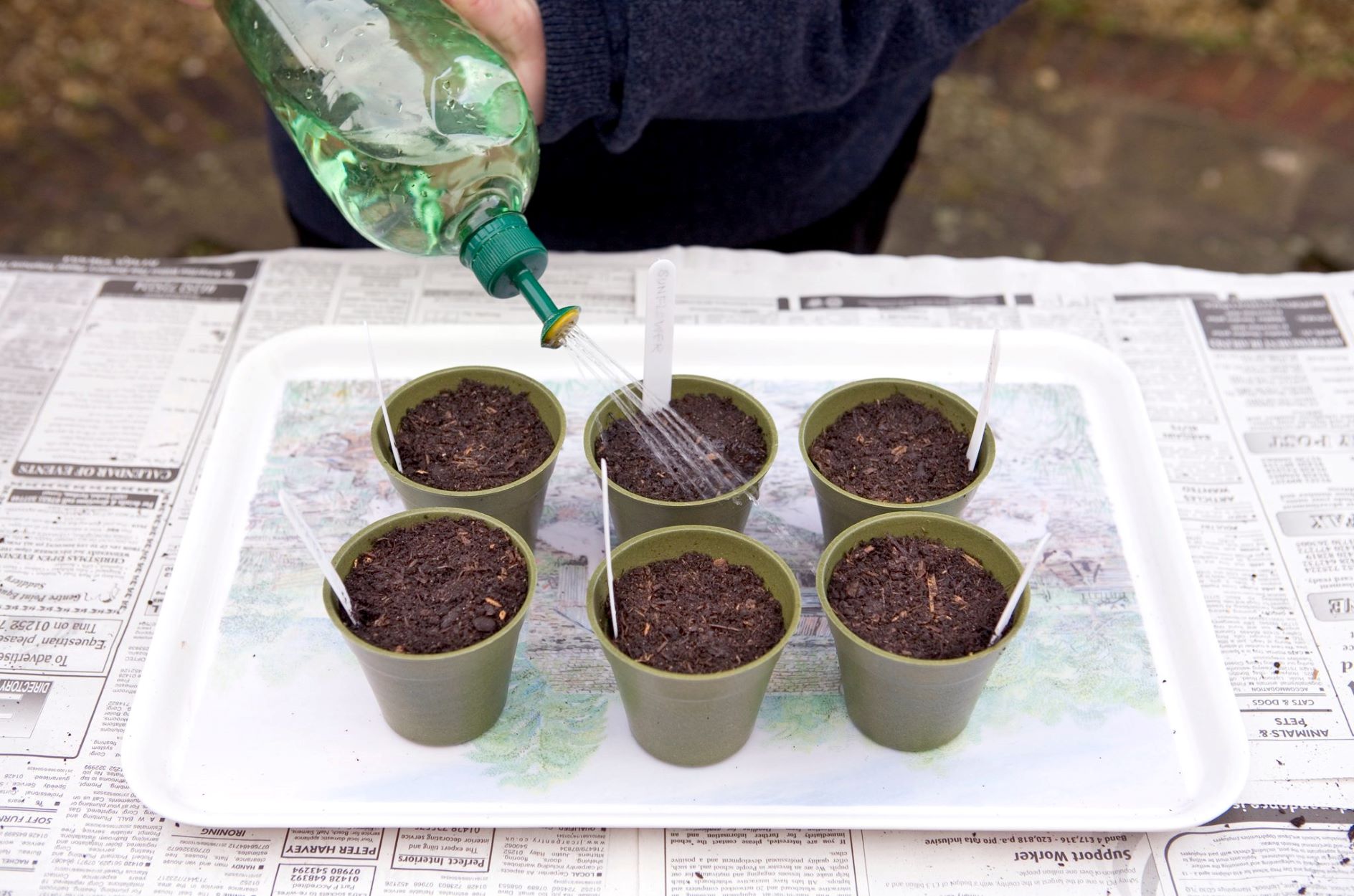
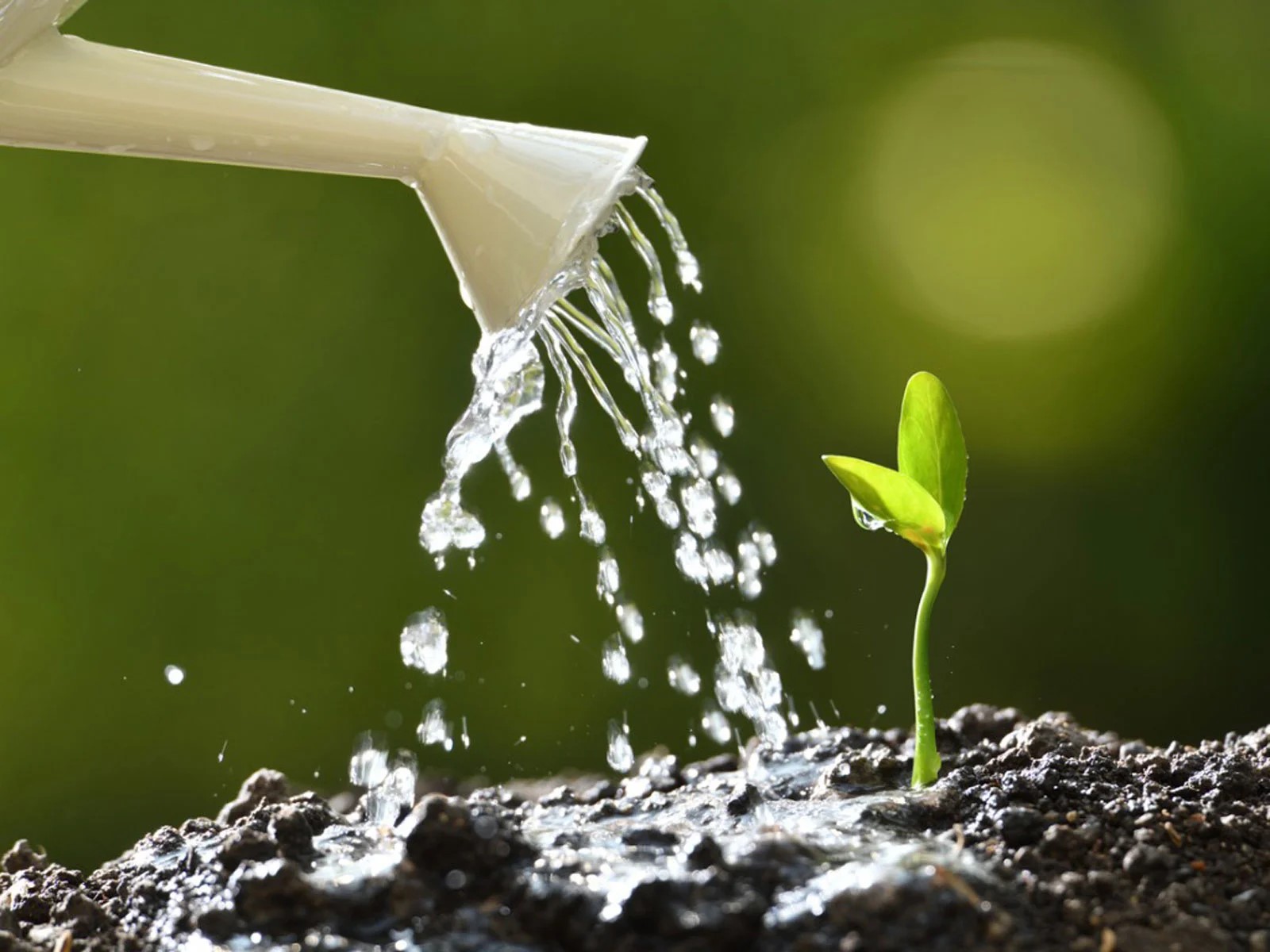
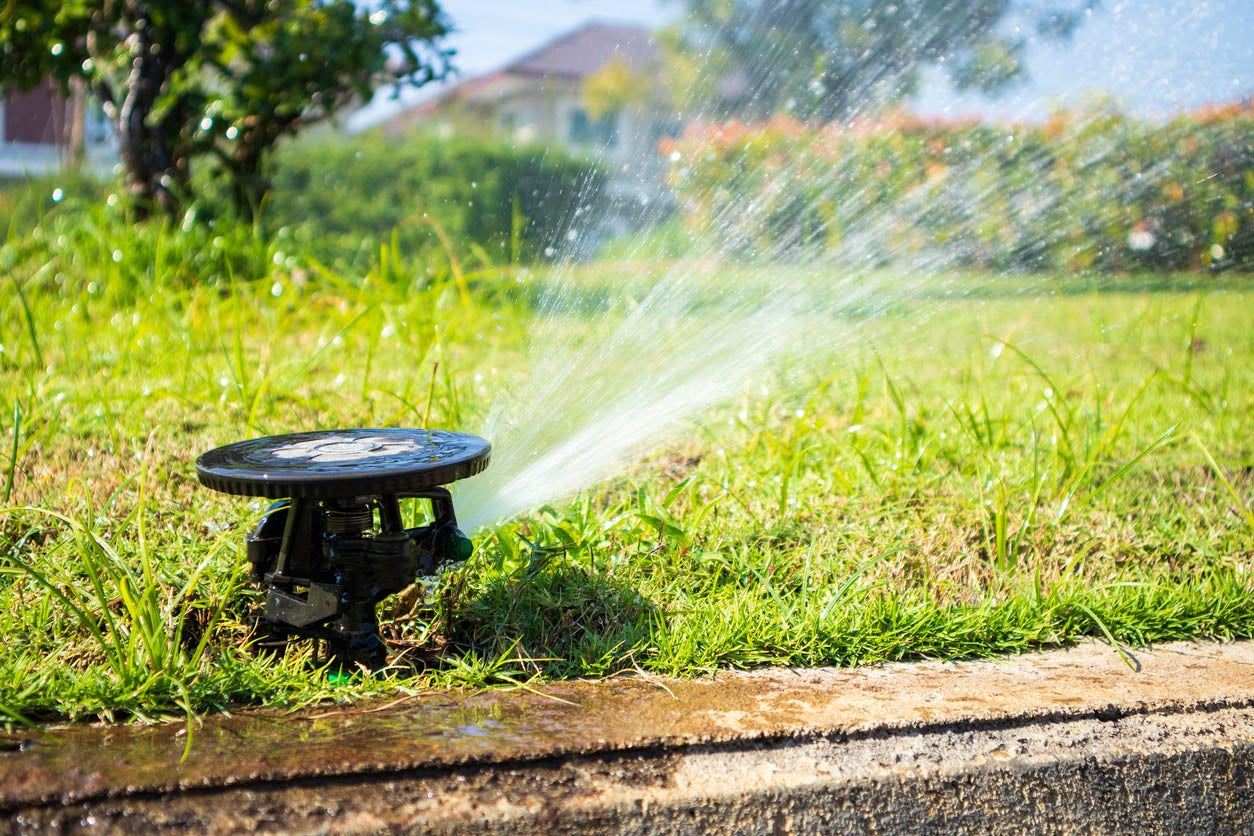
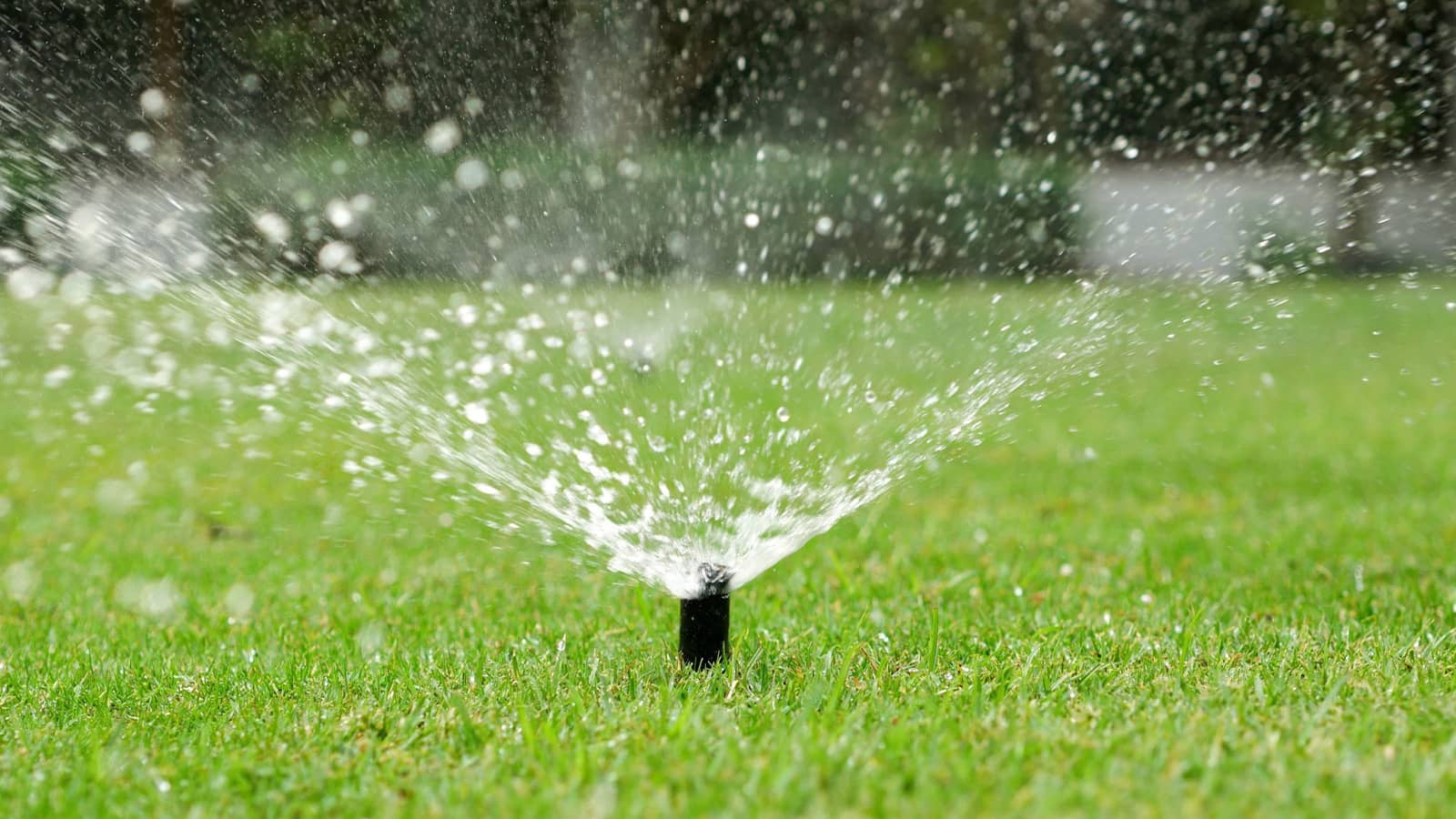
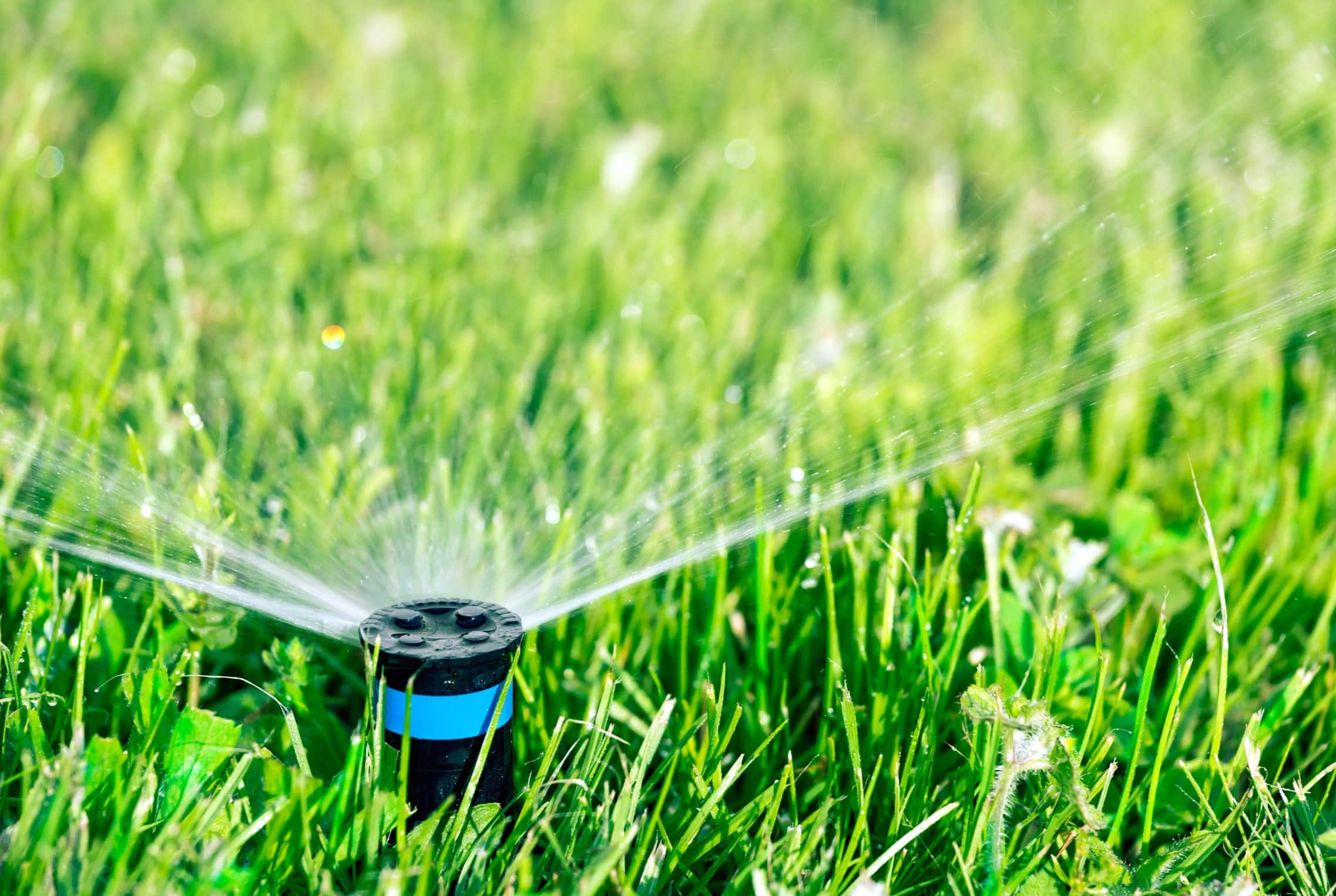
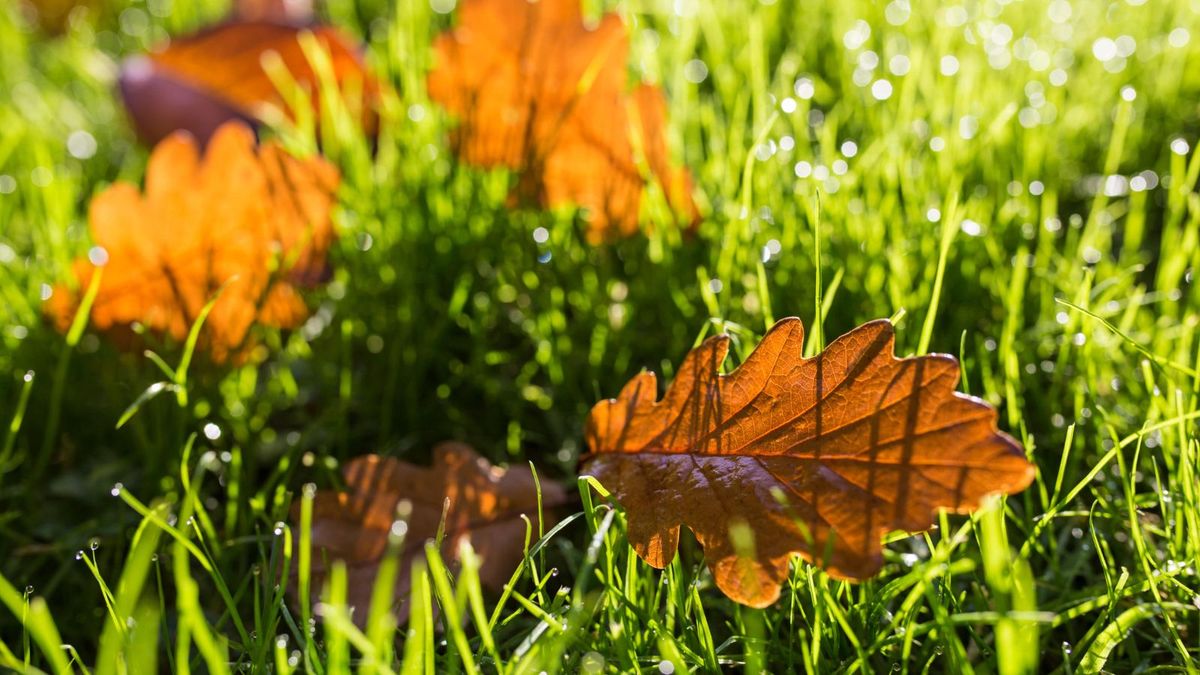
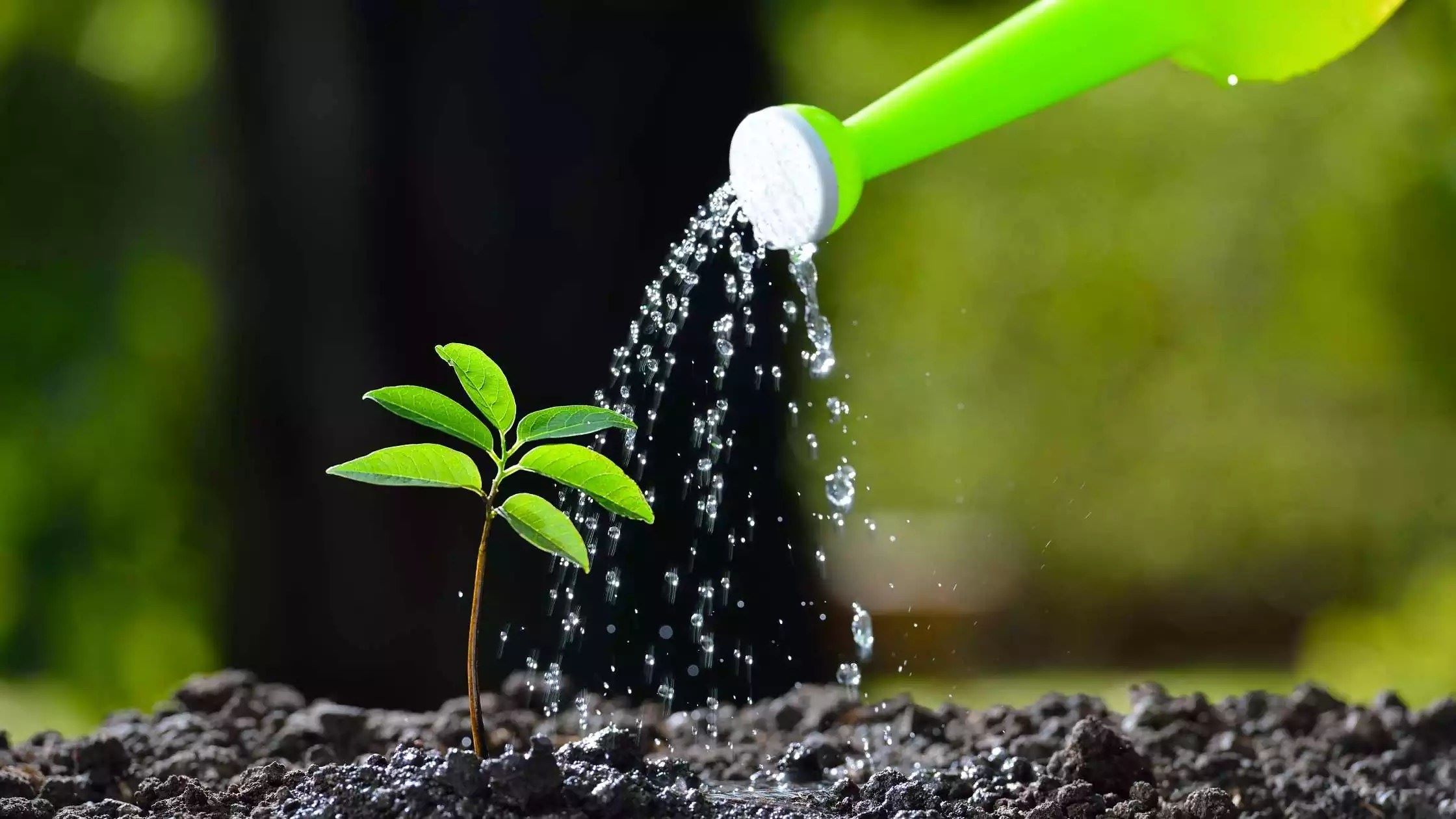
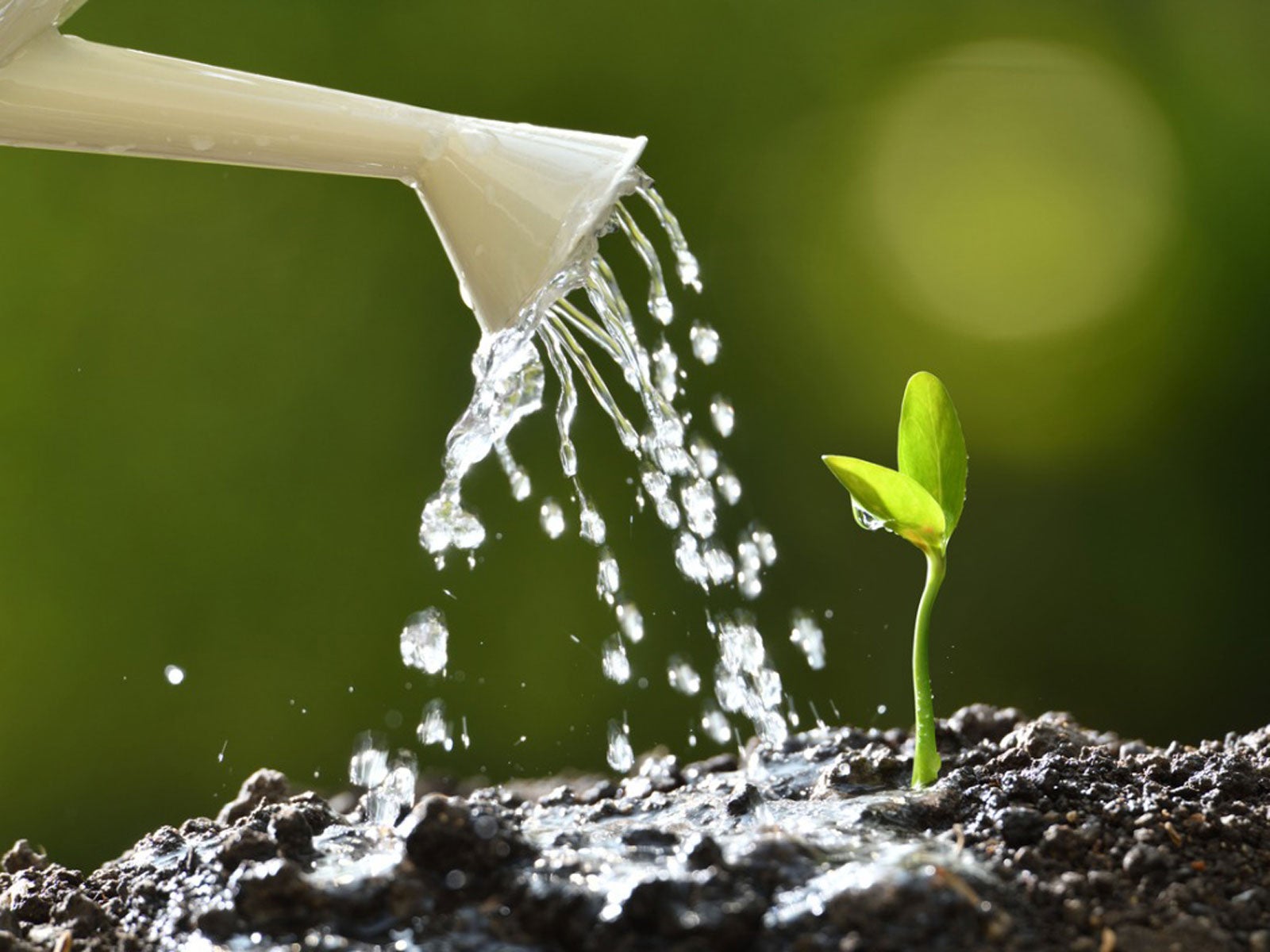
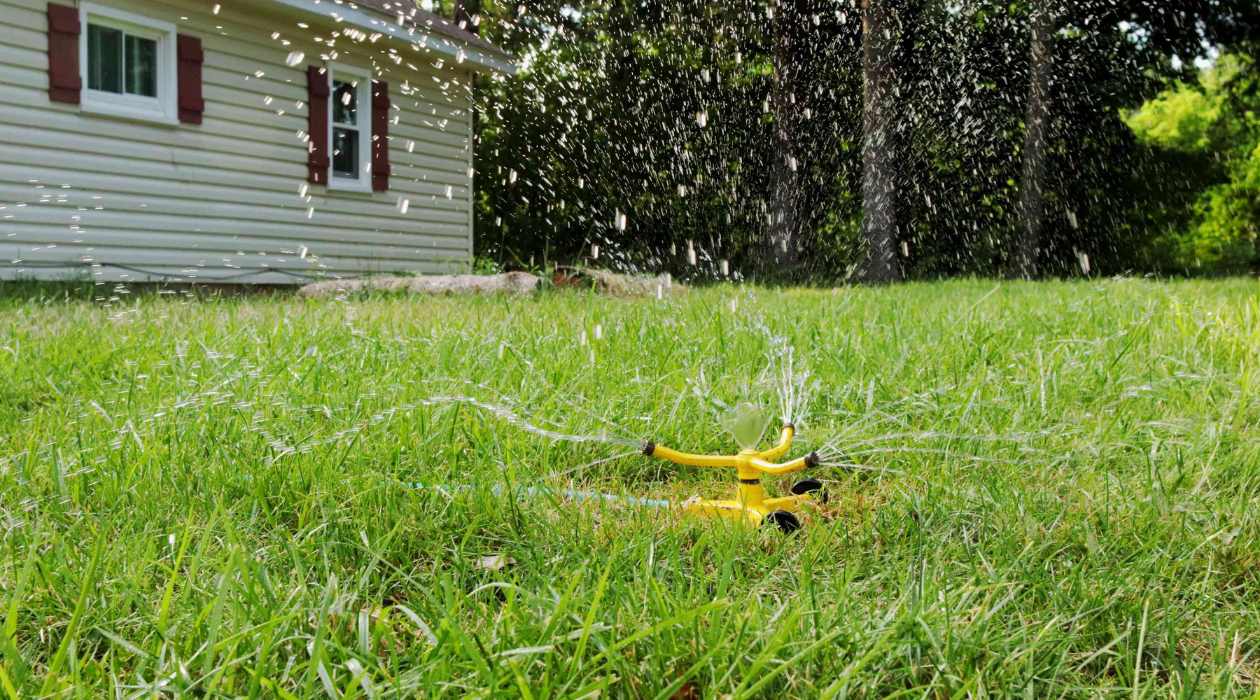
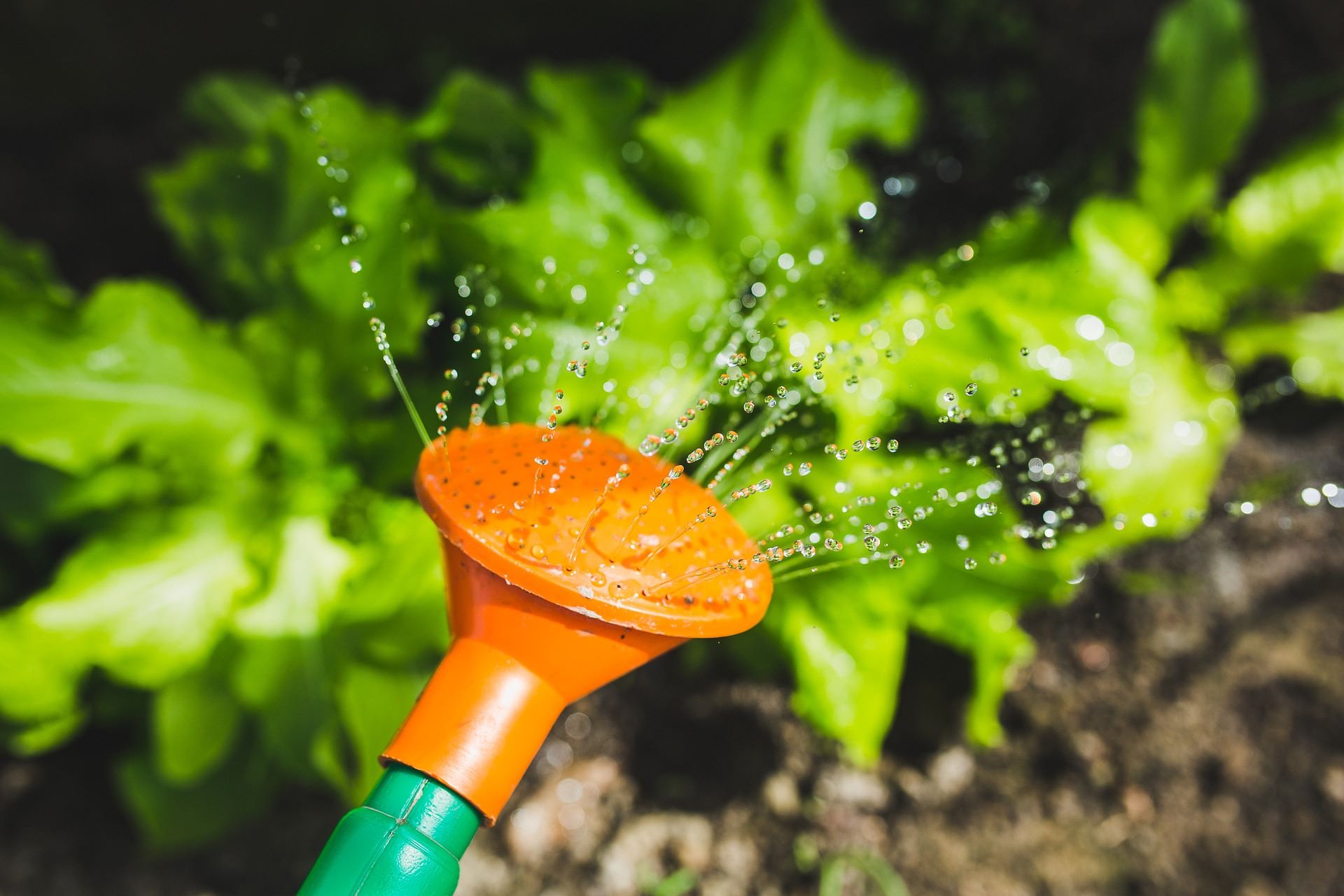
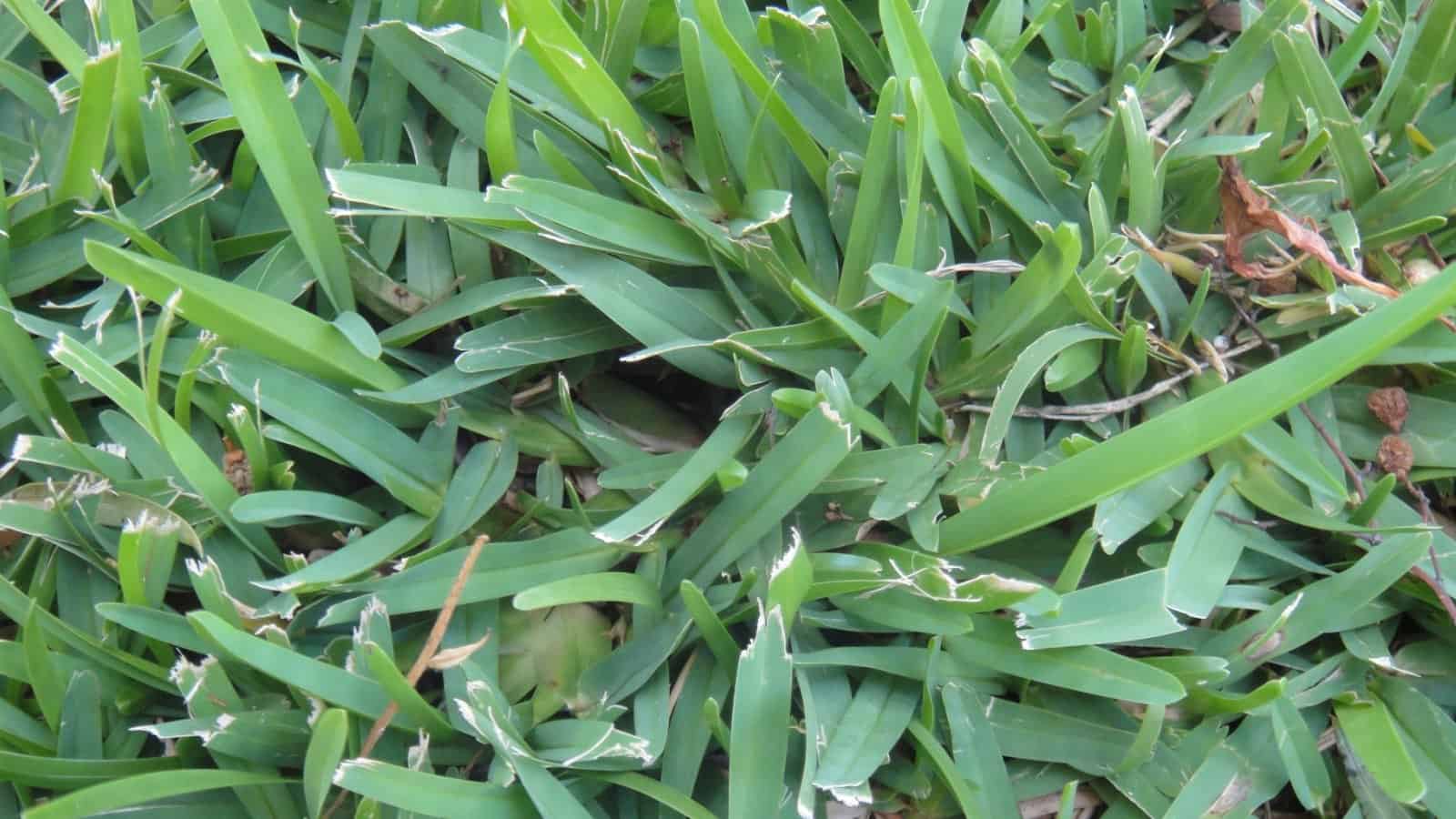
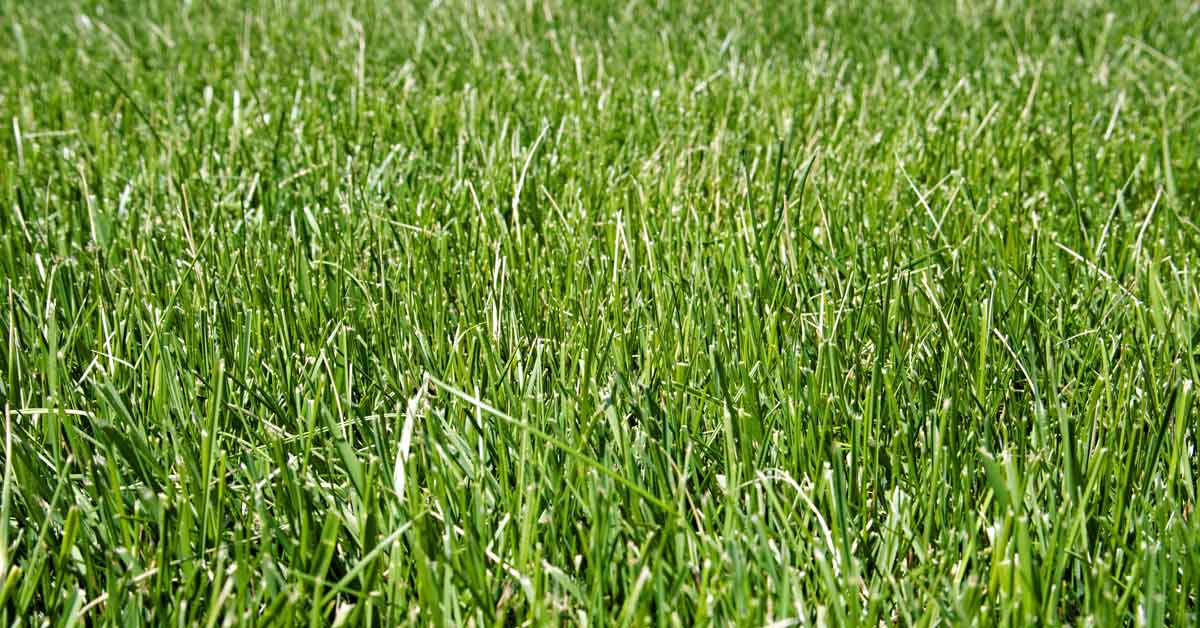
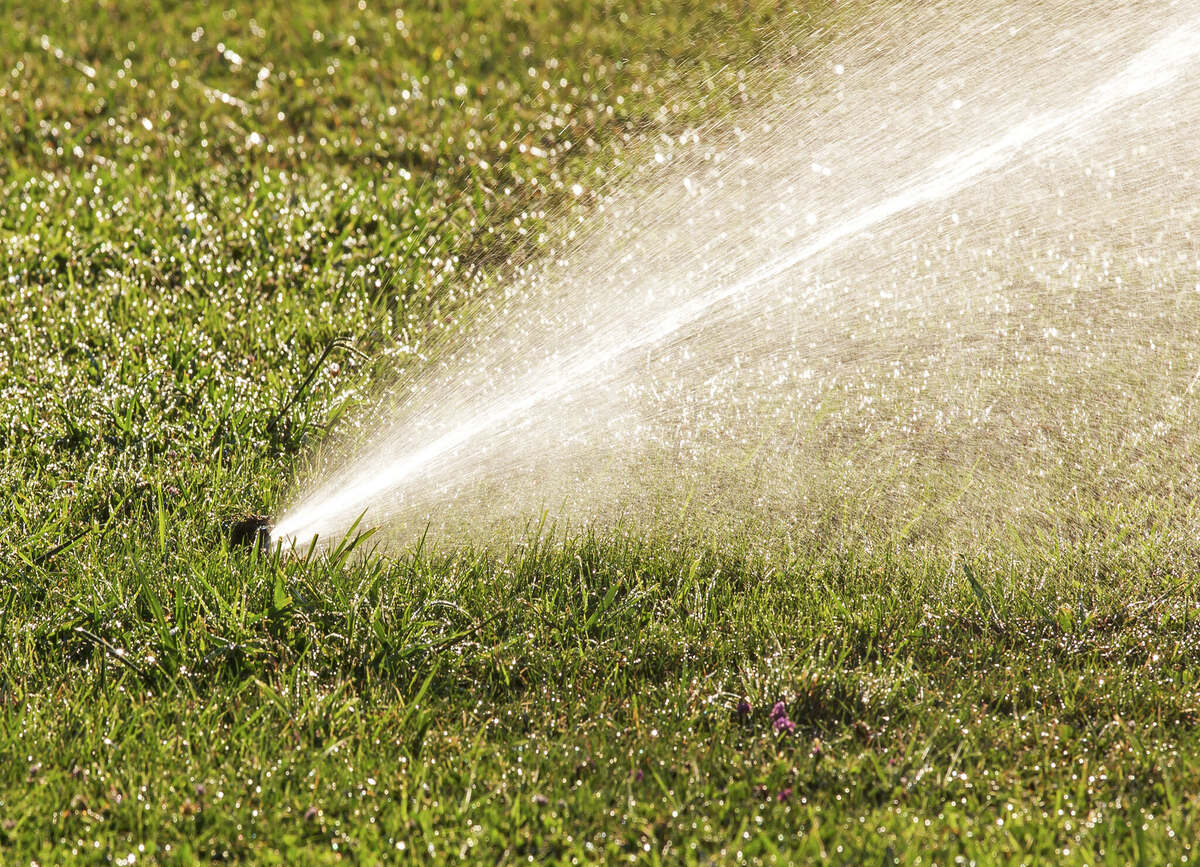
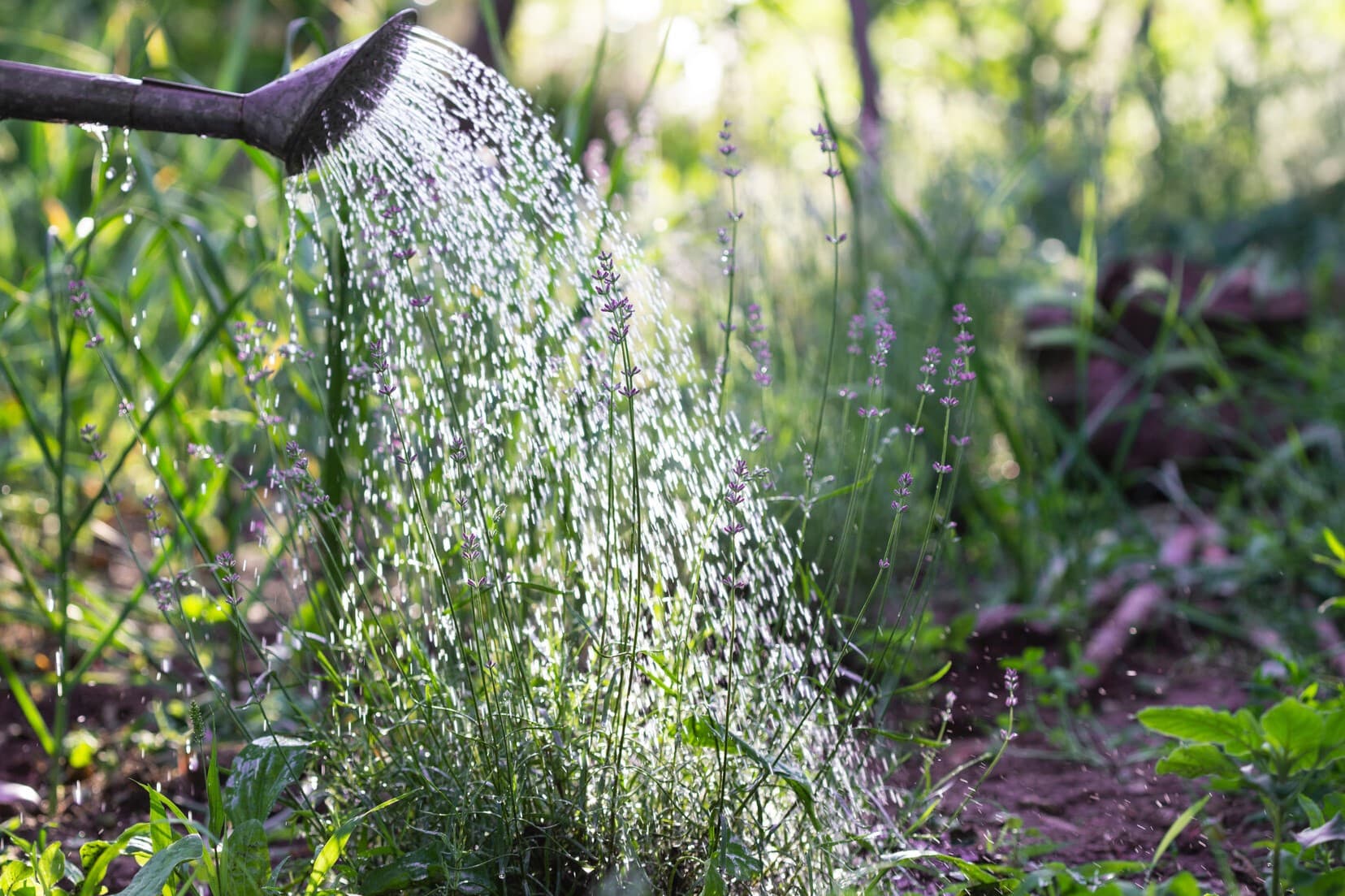

0 thoughts on “How Often To Water Grass Seed”